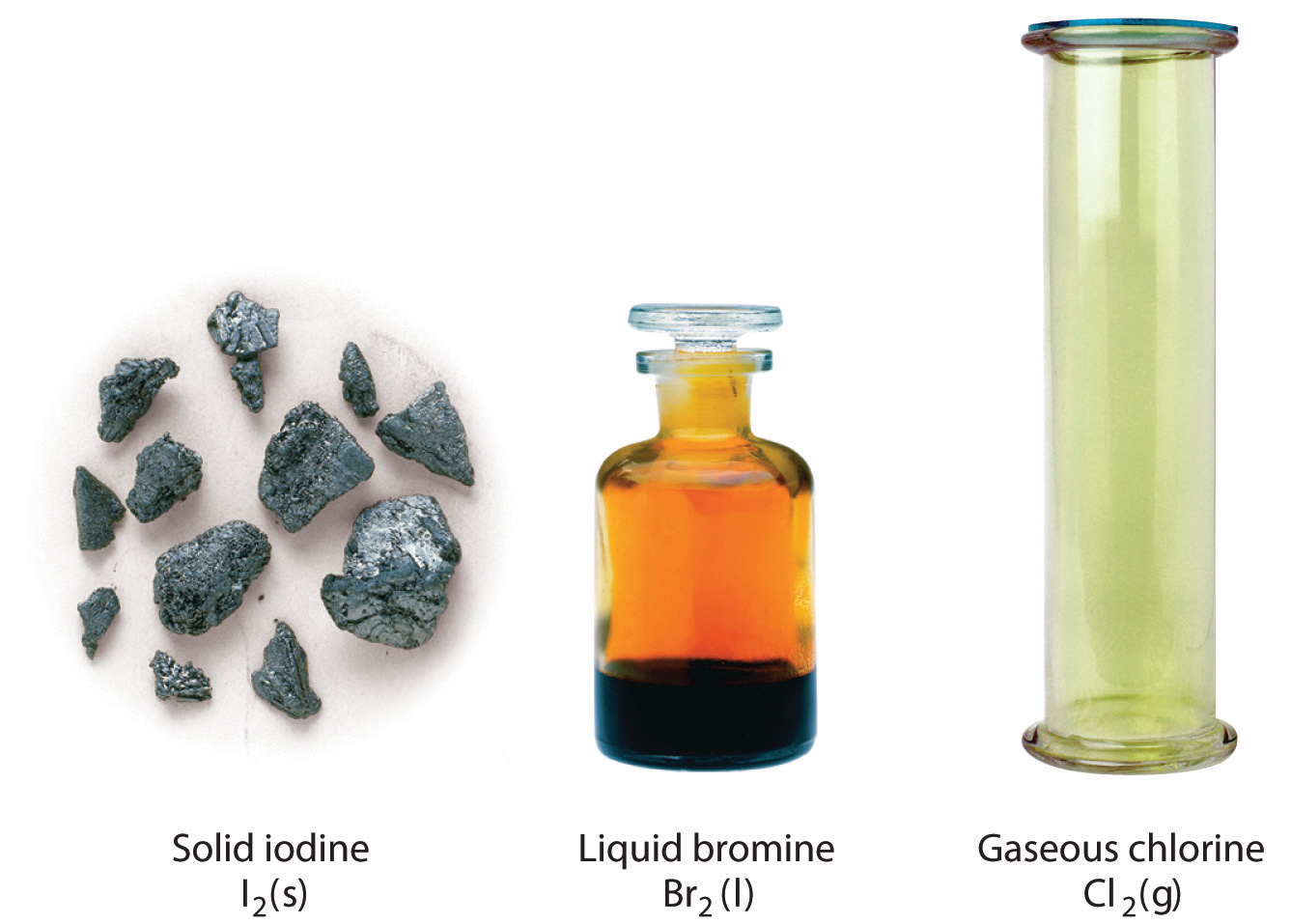
When it comes to the realm of materials, one often encounters substances that possess unique and distinct properties. Among these, there exists a fascinating category that is defined by its propensity to shatter or break easily. One might pause to ponder: what are the implications of using such materials? Are they merely fragile by nature, or do they serve a specific purpose within scientific, industrial, or everyday contexts? Understanding these substances entails delving into the properties of brittleness, the types of materials categorized as brittle, and their practical applications.
Brittleness is a mechanical property that characterizes certain materials as unable to deform plastically before fracturing. Unlike ductile materials such as metals, which can be stretched or shaped through tensile forces, brittle materials exhibit minimal elasticity. They tend to break without significant prior deformation. This brings to light the question: how can one identify materials that exhibit this intriguing property?
Several factors contribute to a material’s brittleness. The atomic and molecular structure plays a crucial role; materials with strong covalent bonds or ionic bonds often exhibit a high degree of brittleness. These bonds do not allow for the rearrangement of atomic positions under stress, leading to fracture when the material is subjected to excessive force. For instance, glass, ceramics, and certain plastics exemplify these characteristics, demonstrating how their inherent structures dictate performance under strain.
To illustrate the concept further, consider one of the most ubiquitous brittle materials: glass. Known for its clarity and aesthetic appeal, glass is also notorious for its fragility. A sudden impact or thermal shock can result in devastating shattering. Interestingly, while glass is often classified as brittle, the introduction of certain additives or treatment processes can enhance its durability. For example, tempered glass endures higher stress levels and resists breaking better than standard glass. This raises a compelling challenge: can we manipulate the properties of brittle materials to enhance their resilience without sacrificing their essential characteristics?
Ceramics are another notable example of brittle substances. These materials are typically composed of inorganic compounds and are characterized by their hardness and thermal stability. They are widely utilized in various applications, from traditional pottery to advanced materials in aerospace engineering. However, the brittleness of ceramics presents inherent challenges in manufacturing and application, leading to the imperative: how can engineers innovate to mitigate chipping or fracture during use?
Plastics also warrant discussion within this discourse. While many plastics display ductile characteristics, specific formulations can yield brittle outcomes. For example, polystyrene, when processed under particular conditions, becomes excessively rigid and prone to cracking under stress. This aspect raises a pertinent inquiry: in an era of innovation, what are the implications of using brittle plastics in product design and consumer goods?
Beyond the realm of material science, the characteristic of brittleness transcends into various disciplines such as biology. Certain biological tissues, for instance, exhibit brittleness, influenced by their composition and structure. An example includes the shells of certain mollusks, which can shatter upon impact. Herein lies a thought-provoking avenue for research: how can the fragility observed in biological entities inspire advances in synthetic materials or bioengineering?
In exploring these diverse applications and examples, we establish a framework for understanding the dual nature of brittleness: while these materials can be advantageous for certain applications, their fragility poses numerous challenges that must be addressed. A careful balance must be struck between the aesthetic and functional qualities of these substances.
Moreover, examining the environmental impact of brittle materials reveals another layer of complexity. Many brittle materials are not biodegradable, contributing to pollution and waste. The challenge lies in devising sustainable alternatives that maintain the favorable characteristics of traditional materials while offering environmental benefits. How can innovation within material sciences lead to ecological stewardship and sustainability?
This consideration of both the advantages and disadvantages of brittle materials leads us to contemplate future directions. With advancements in nanotechnology and materials science, there is potential to create composite materials that possess the attractive qualities of brittle substances while circumventing their inherent vulnerabilities. Could the next breakthrough be found in merging brittle and ductile properties to forge a new category of materials with superior performance profiles?
Ultimately, understanding substances that shatter or break easily necessitates a multifaceted approach, considering definitions, properties, applications, and implications across various fields. It brings forth critical questions that drive research and innovation: How do we exploit the attributes of such materials? How can we reshape their perceptions and applications for a more resilient future? As the landscape of material science continues to evolve, the exploration of brittleness remains a captivating and significant endeavor.
